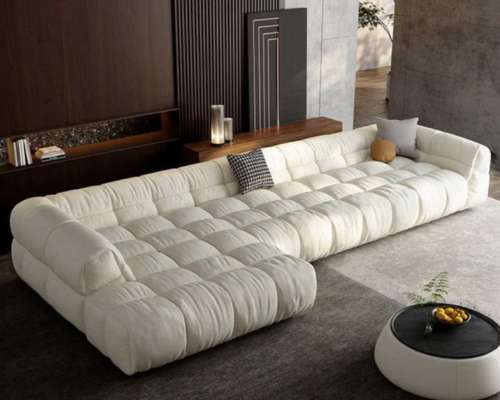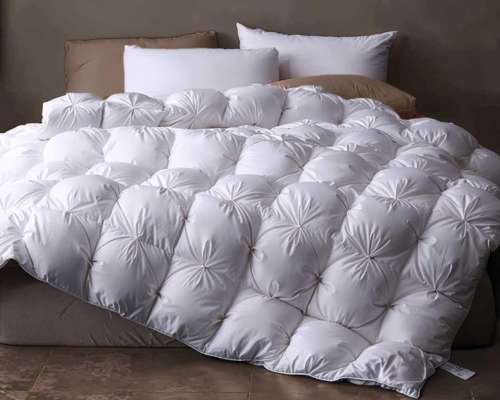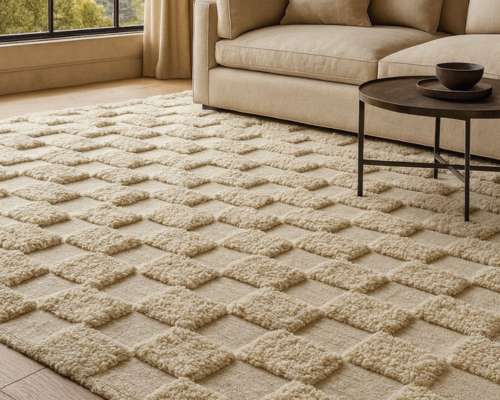The evolution of wall panels as interior design
Wall panels have been used in interior design for centuries, with the first recorded use dating back to ancient Egypt. In the past, wall panels were made of materials such as stone, marble, and wood, and were used to add texture and interest to a space. Over time, the materials and styles of wall panels have evolved to keep up with changing design trends.
In the 19th and early 20th centuries, wall panels were often used in traditional and formal settings, such as libraries and parlors. The panels were often made of wood and were intricately carved or embellished with details such as molding and trim.
In the mid-20th century, wall panels became popular in more casual and modern settings. Materials such as plywood and particleboard were used to create panels that were more affordable and easier to install. The panels were often painted or finished with a wood veneer and were used to create a range of styles, from mid-century modern to industrial chic.
Today, wall panels are used in a wide range of settings and styles, from traditional to contemporary. Materials such as MDF, PVC, and foam are popular choices, and panels are often used to create a range of looks, from rustic and shabby chic to sleek and minimalist.
Overall, the evolution of wall panels in interior design reflects the changing tastes and trends in home design. From ancient stone and marble to modern materials and styles, wall panels have remained a popular choice for adding interest and character to a space.














